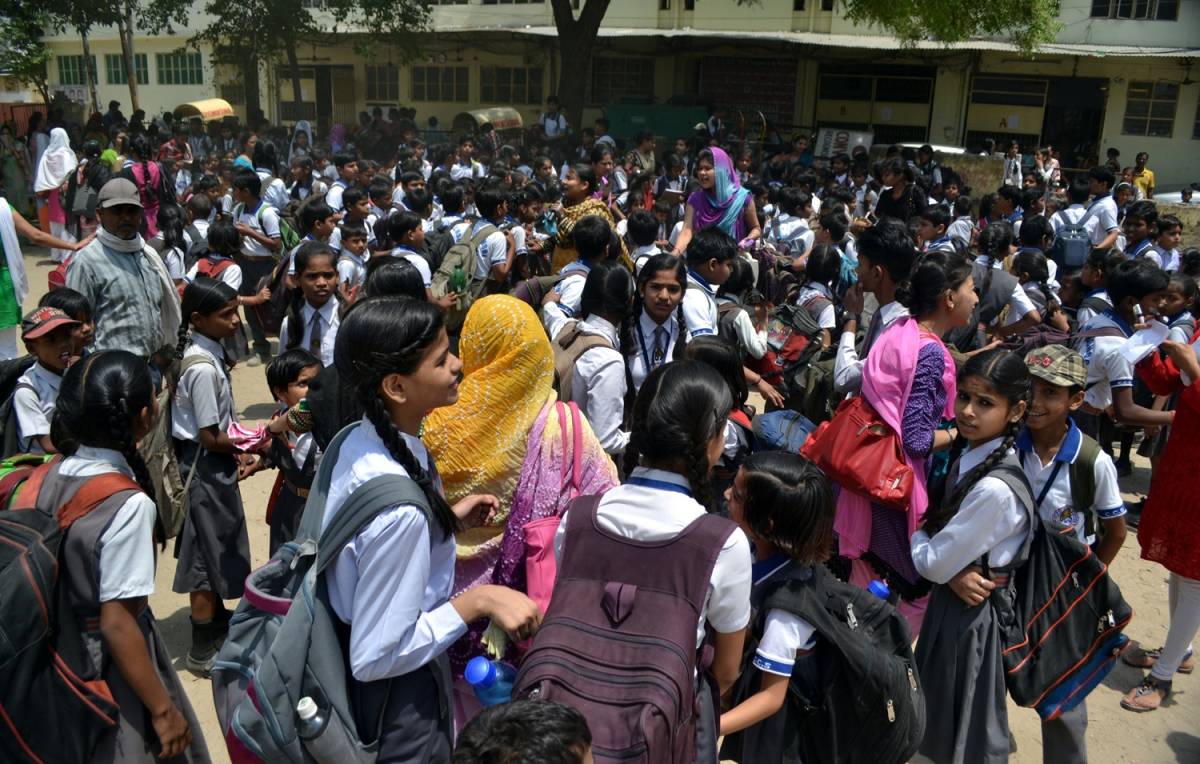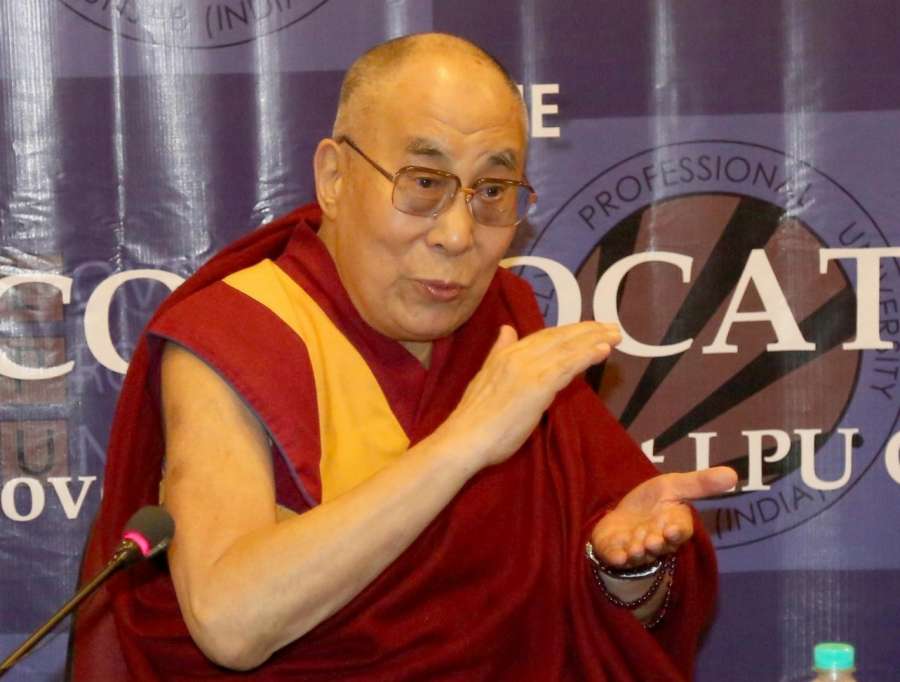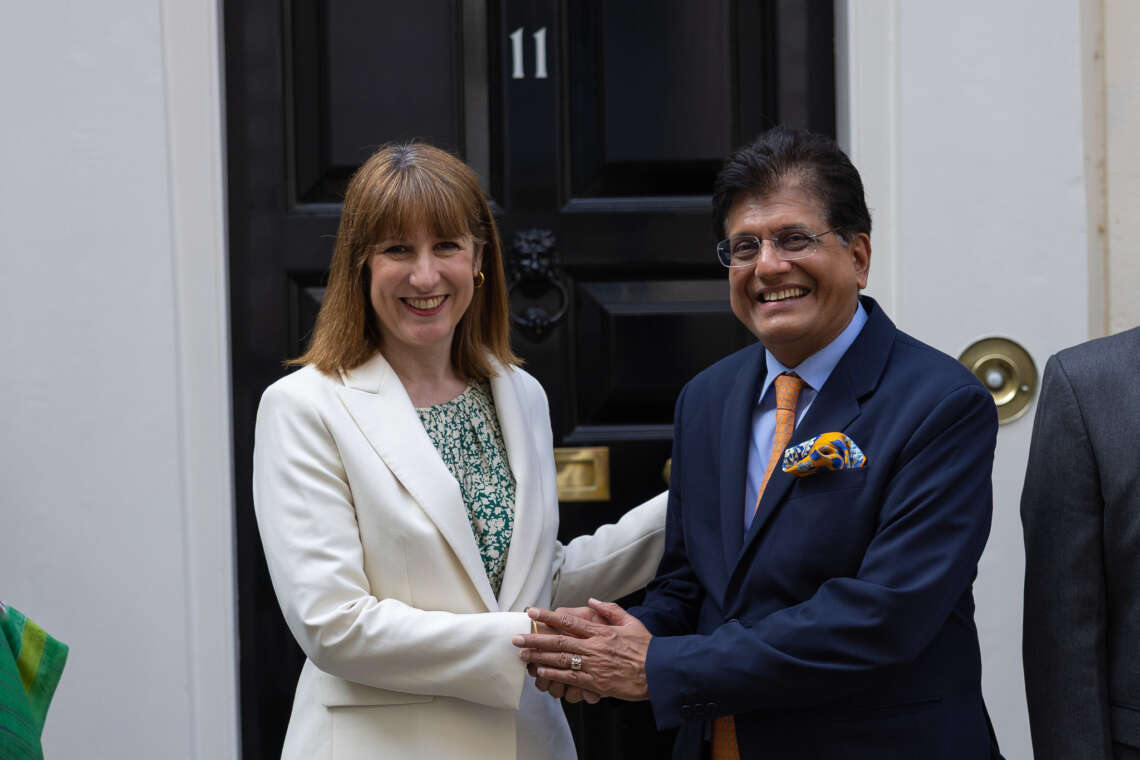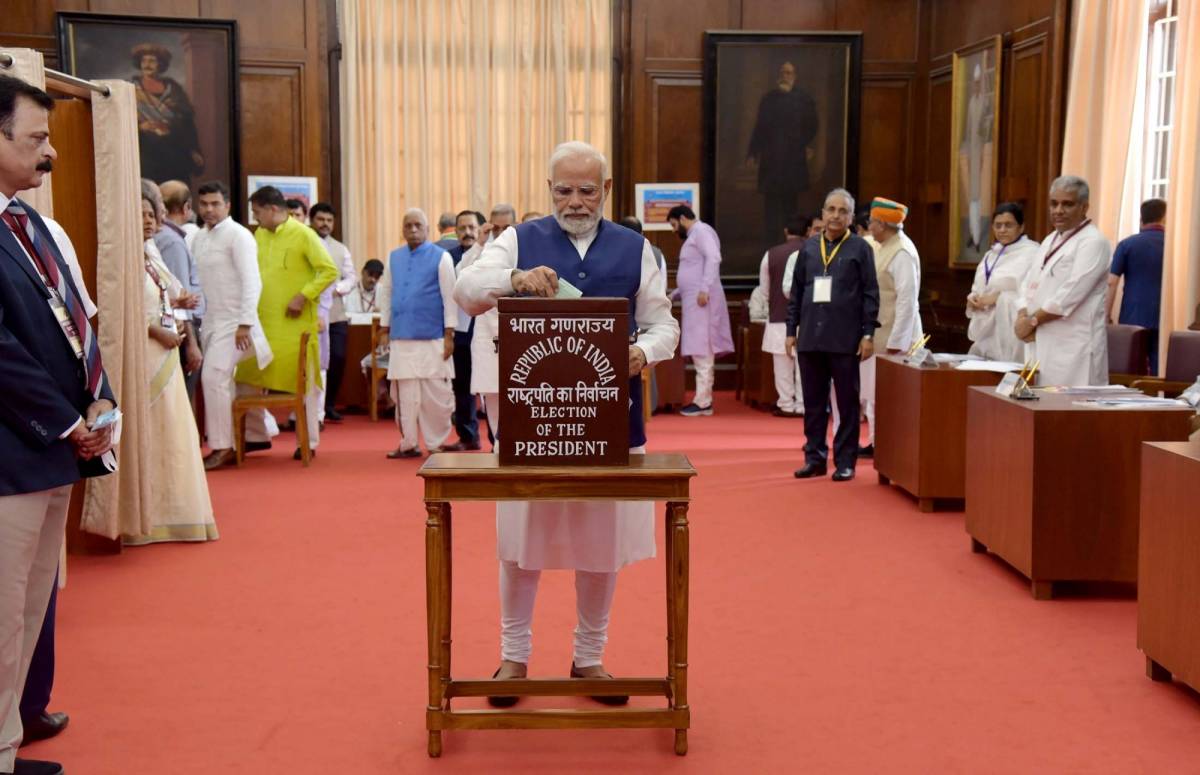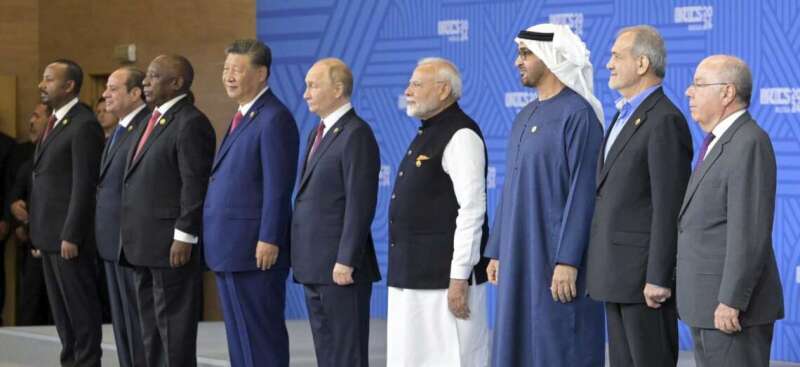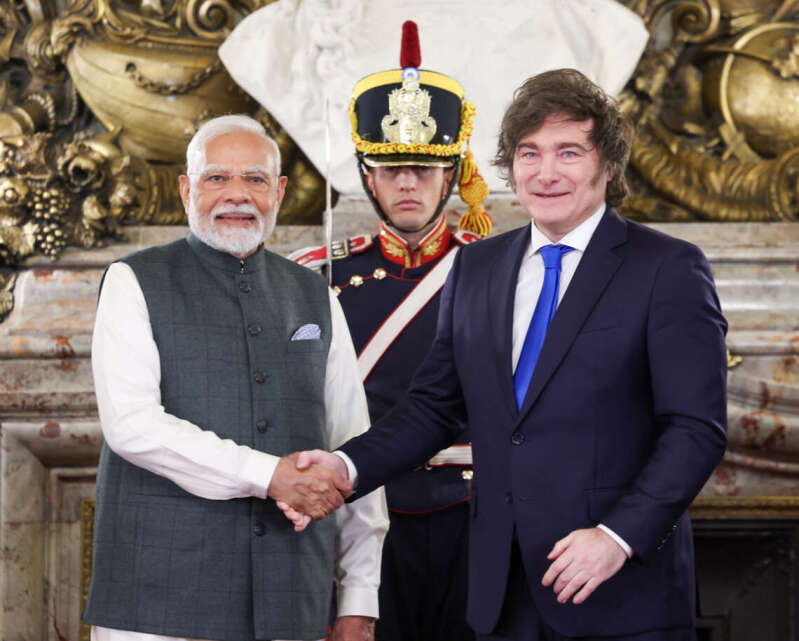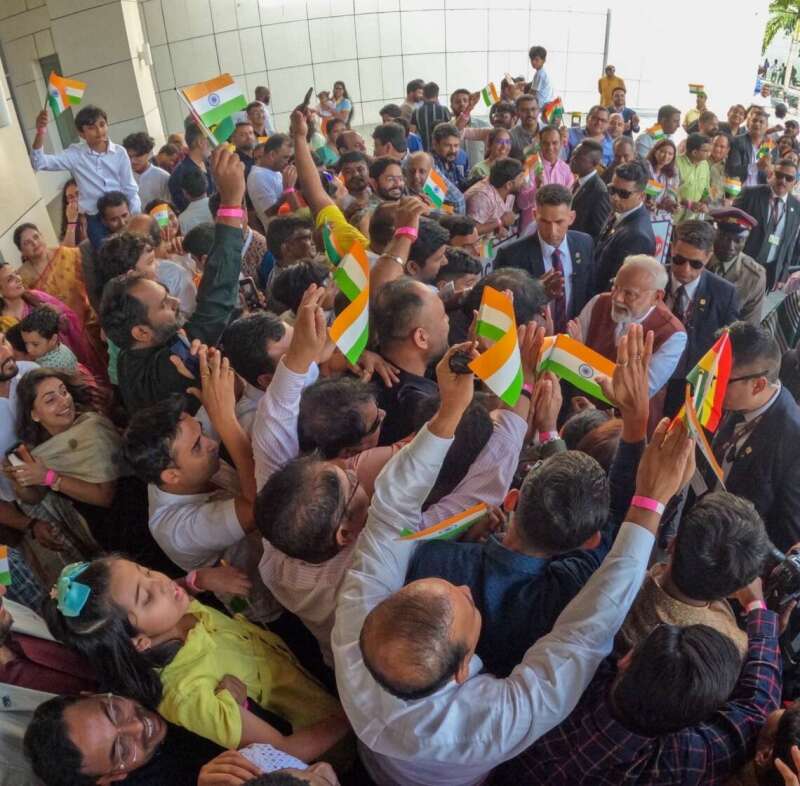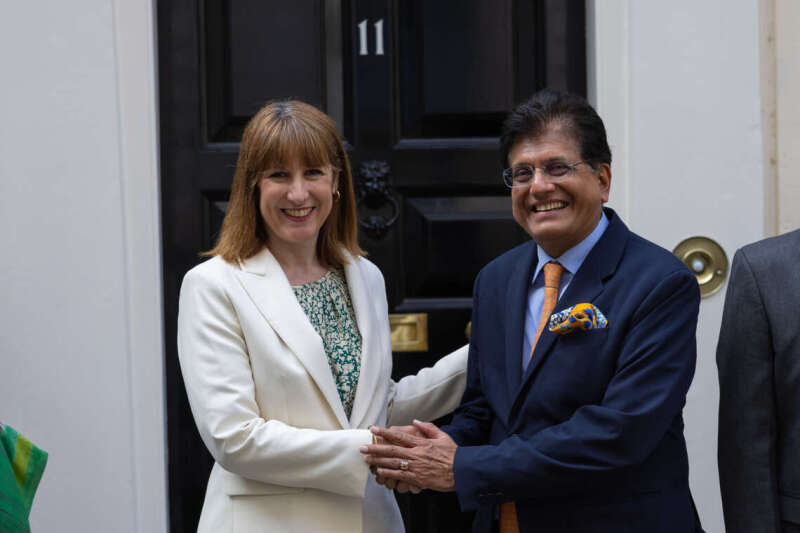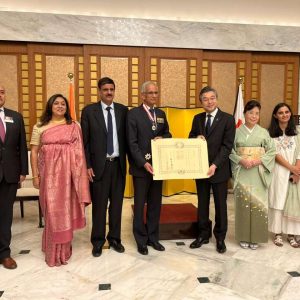Sana and Rukh had been studying in Class 8 and Class 6, respectively, in a government-run school in Beliganj. They, too, visited friends who “owned a digital device to be up to date” with their classes.. …reports Saurabh Sharma
Despite a volley of pandemic-induced challenges, girls are making all out efforts to stay up to date with their classes — all while lacking access to the digital mode of education.
“I just want to be a doctor,” said 15-year-old Roshni* Gupta. She was willful but had to put education on the back burner, for it was food that was her primary concern at that moment.
In a two-room house she shared with her parents and two brothers, Gupta lives in the labyrinth of Daliganj, a congested, impoverished locality in Lucknow, Uttar Pradesh. Under the impact of the Covid-19 pandemic and a series of lockdowns, Gupta had to drop out from her private school in the neighbourhood as her father could not afford the fee. The only breadwinner of the family, he was a streetside chaat seller in Daliganj.
“He was without a job for months, and we didn’t have money to even afford three square meals a day,” said the Class 5 student who could not continue her education.
To run the household, her father Ashok turned to selling vegetables, earning far less than he did as a chaat seller. The debts were mounting, given his downward spiralling income, making it unaffordable to send his three children to school.
Lean, with bulging eyes, he recalled how it was “a struggle to keep his three kids and wife alive during the lockdown”. So to balance this out, Gupta had to drop out, while her brothers continued their education. She couldn’t get any updates on classes from her friends either, as the family couldn’t afford to constantly recharge their prepaid mobile phone connection. Gupta had tried her best to convince her parents to let her continue with school, but her repeated pleas fell on deaf ears.
“If the government had ordered private schools to waive our fees, there could have been some hope for students like me from economically weaker sections,” she rued.
Huma Firdaus, a volunteer with Sadbhavana Trust — a Lucknow-based NGO working to develop leadership among marginalised groups of young girls and women — highlighted that Gupta wasn’t alone in her plight in the Uttar Pradesh capital. With her team, Firdaus had worked out a list of 140 girls who had to either abandon their education midway or get married — or both — due to income losses and debts. The data sample, she said, “was only of a few areas of the city”.
“I believe there are more girls who had to quit studies or were forced into early marriage,” she added.
According to Census 2011, Uttar Pradesh ranks 31 among all the states and union territories of India, with female literacy rate at 57.18 per cent — 7.54 per cent lower than the national average of 64.63 per cent. The pandemic further worsened these numbers: the Right to Education Forum found that almost 10 million girls were at the risk of dropping out of schools due to the pandemic.
Ashok had wanted his 15-year-old daughter to study, but said he wanted to wait till he earned as much as he did earlier.
“I had thought that once the lockdown would be lifted, things would be back to normal. But after the second wave hit, we feared for our lives much more,” explained the father of three, who feared for his family when “innumerable deaths were being reported in Lucknow”. Amid this chaos, his daughter’s education was not at the forefront of his mind.
He had resumed selling chaat but said that “it’d take a lot of time to repay debts and equalise his incurred losses”. When asked why he let his daughter drop out while his sons continued their classes, he added after a momentary pause: “Once things are back to normal and I get back in business, I’ll seriously think about my daughter’s education.”
However, contrary to her father’s assurances, Gupta felt that her parents had been planning to get her married early.
“A few of my family acquaintances had got their daughters married. My parents might, too,” said the 15-year-old, much younger than the 18 years she was required to be legally wed, though she couldn’t shake the possibility.
Around 80 km from Lucknow, in Raebareli, Priya* Sonkar, a Class 8 student of UPS Raipur School, also dreamt of being a doctor. Her father Rajesh Sonkar, a tonga rider, earned Rs 200 as daily wages and had to double as a labourer at a local furniture shop during the pandemic. He was the sole breadwinner of the family of four — Priya has a younger brother studying in the same school — and also had to feed their livestock (it cost Rs 100 every day). Rajesh and his wife Ruby, both illiterate, were hoping to get out of poverty by educating their daughter.
“We want her to become a teacher, or anything that could fetch her a respectable salary, to run our family,” 32-year-old Ruby said.
In the absence of face-to-face academic guidance from teachers, Priya was dependent on her aunt to cope with studies. The teenager had also been struggling to manage her time between studies and gender-dictated household chores, unable to dedicate more than an hour to academics.
The lack of smartphones, unstable internet connection and the difficulty in adapting to digital education were adding to her struggles. But Ruby said that occasionally, “her teachers would come home to give her homework”. At times, they “went to school and collected study material”, somehow keeping the academically sound Priya’s education afloat.
In another Raebareli village, Fatima* Bano was a Class 9 student at a government school for girls. When the lockdown was imposed and the digital education model was adopted, Fatima, despite being a top performer, was forced to miss her classes. She neither had a smartphone nor a television to access the government-run education programmes on Doordarshan.
“My teacher had said if we lacked a smartphone, we didn’t have to study,” she shared.
But to continue, she depended on her classmates who owned smartphones and copied her homework from their device — in the two hours she was able to dedicate to academic activities.
Her mother Hameeda Bano rolled bidis to earn Rs 60 for every 1000 she made. Fatima assisted with the job, and the mother-daughter duo rolled around 4000 bidis a week to earn Rs 240. Bano’s husband Mohammed Mukeem had passed away three years ago, leaving behind four daughters: Fatima, Rukh*, Sana* and Zira*. Bano was the only earner in the family.
Sana and Rukh had been studying in Class 8 and Class 6, respectively, in a government-run school in Beliganj. They, too, visited friends who “owned a digital device to be up to date” with their classes.
Dr Vivekananad Tripathi, an assistant teacher at the Beliganj school, had been concerned about the education of his female students. He recognised Sana and Rukh, as well as their “plight in lacking access to education due to unavailable resources”.
“We are putting in the effort to make online education feasible for marginalised children, especially girls, but we’re still unable to give quality education,” he added.
Zira, the youngest of Bano’s four daughters, couldn’t read nor write despite being enrolled in Class 1 in a government school, Poore Kallu. Moreover, unable to meet their mounting expenses and continue the education of her four daughters, Bano wanted to get Fatima and Rukh married when they turned 18.
“After their marriage, I’ll be able to feed my other daughters better,” she said, helpless.
Suman Devi, the principal of Zira’s school, acknowledged how online classes had failed to facilitate the education of students of her school.
“Of the 153 students enrolled at the school, only 12 students had been attending classes through smartphones,” she pointed out.
*The names of all minors quoted have been changed to protect their identity


